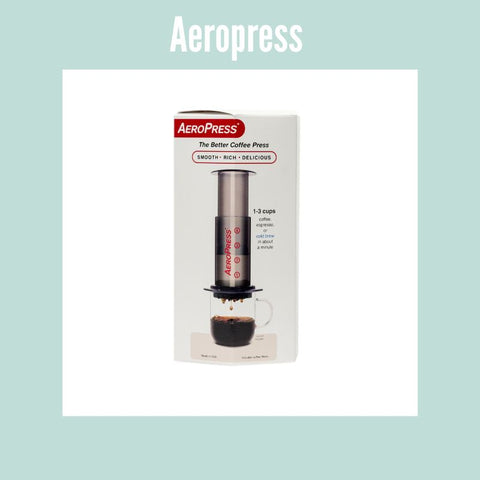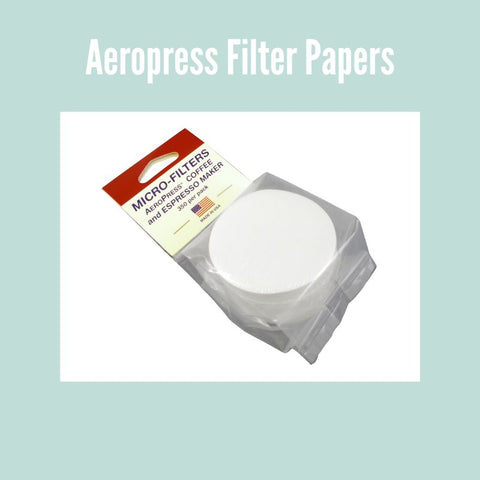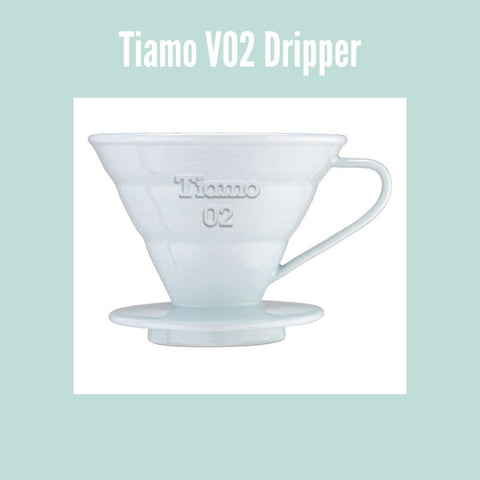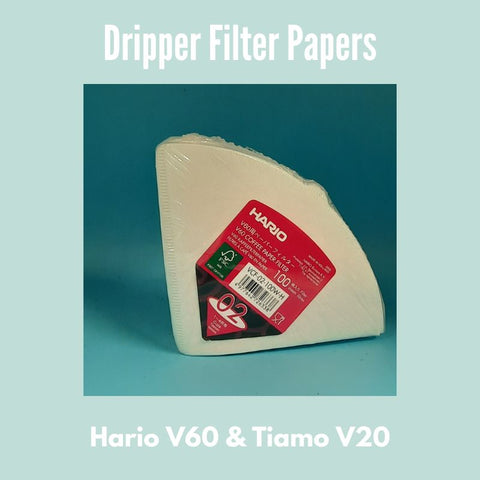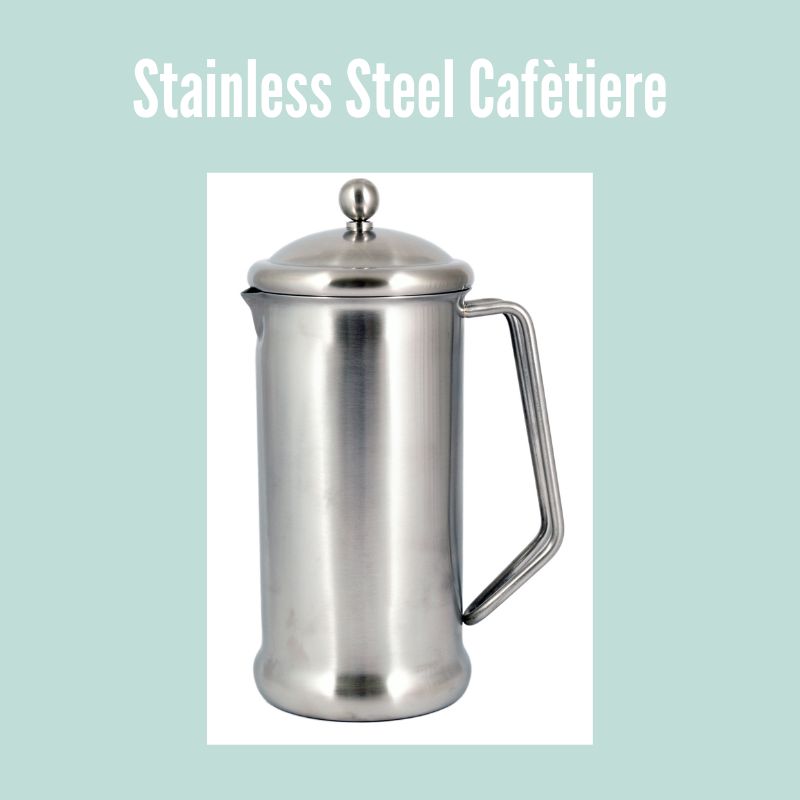
Cafetière - Stainless Steel
Cafetière or French Press a coffee maker that has survived and still produces a great cup of coffee. Comes in different sizes to suit your requirements.
What is the French press method?
The cafetière, also known as a French press or coffee plunger, is a popular method for brewing coffee that's loved for its simplicity and ability to produce a rich and full-bodied cup. It is often favoured by coffee enthusiasts for its ability to preserve the essential oils and flavours of the coffee beans. Here's how it works:
Equipment:
- Cafetière/French Press: This consists of a glass or stainless steel container with a plunger and a mesh filter attached to the lid.
- Coarsely Ground Coffee: Aim for a coarse grind, similar to breadcrumbs, to avoid fine sediment in your coffee. You can either buy our freshly roasted whole beans and grind these yourself with our Coffee Bean Ceramic Hand Grinder or you can order any of our coffee's to be freshly pre-ground for the French press method.
- Hot Water: Ideally just off boiling, around 195-205°F (90-96°C) for best extraction.
- Stirring utensil: A wooden or plastic stirrer works well to mix the coffee and water.
Steps:
-
Preheat: Warm up the cafetière by rinsing it with hot water. This helps maintain the brewing temperature.
-
Add Coffee: Measure out the coarsely ground coffee. A standard ratio is around 1:15 coffee to water, but you can adjust to taste. For example, for 16 ounces of water, you might use about 30 grams of coffee.
-
Pour Water: Pour the hot water over the coffee grounds. Use a circular motion to ensure all the grounds are saturated. Leave some space at the top for the plunger.
-
Stir: Gently stir the coffee and water mixture to ensure the grounds are fully immersed. A wooden or plastic utensil works best..
-
Brew: Place the lid on the cafetière with the plunger pulled all the way up to seal the top. Let it brew for about 4 minutes. This brew time can vary based on personal preference, so adjust to your taste – shorter for a lighter cup, longer for a stronger brew.
-
Plunge: After the brewing time, slowly press the plunger down. Apply steady and gentle pressure to avoid agitating the coffee grounds too much. This separates the grounds from the brewed coffee.
-
Pour and Enjoy: Once the plunger is fully pressed down, pour the coffee into your cup or a serving vessel immediately. Leaving the coffee in the press with the grounds can cause over-extraction and bitterness.
Tips:
- Use freshly roasted and freshly ground coffee for the best flavour.
- Experiment with different grind sizes and coffee-to-water ratios to find your preferred strength and taste.
- Clean your French press thoroughly after each use to prevent build-up of oils that can affect the flavour of subsequent brews.
The French press method is relatively easy and can result in a rich and flavourful coffee, allowing you to enjoy the full spectrum of flavours present in the beans.
What is the history of the French press method?
The cafetière has an interesting history that dates back to the late 19th century.
It was invented by an Italian designer named Attilio Calimani in 1929. However, its design was patented by another Italian, Ugo Paolini, in 1928. The device underwent several modifications before becoming what we recognize as the modern-day French press.
The concept of steeping coffee grounds in hot water within a container dates back centuries, but the French press as we know it today was refined and popularized by a Frenchman named Marcel-Pierre Paquet dit Jolbert. He patented an improved version in 1958 that closely resembles the cafetière we use today. Jolbert's design included a fine mesh filter attached to a plunger, allowing users to separate the brewed coffee grounds from the liquid by pressing down the plunger.
You might also like our Cafetière Artisan Coffee Gift Set

